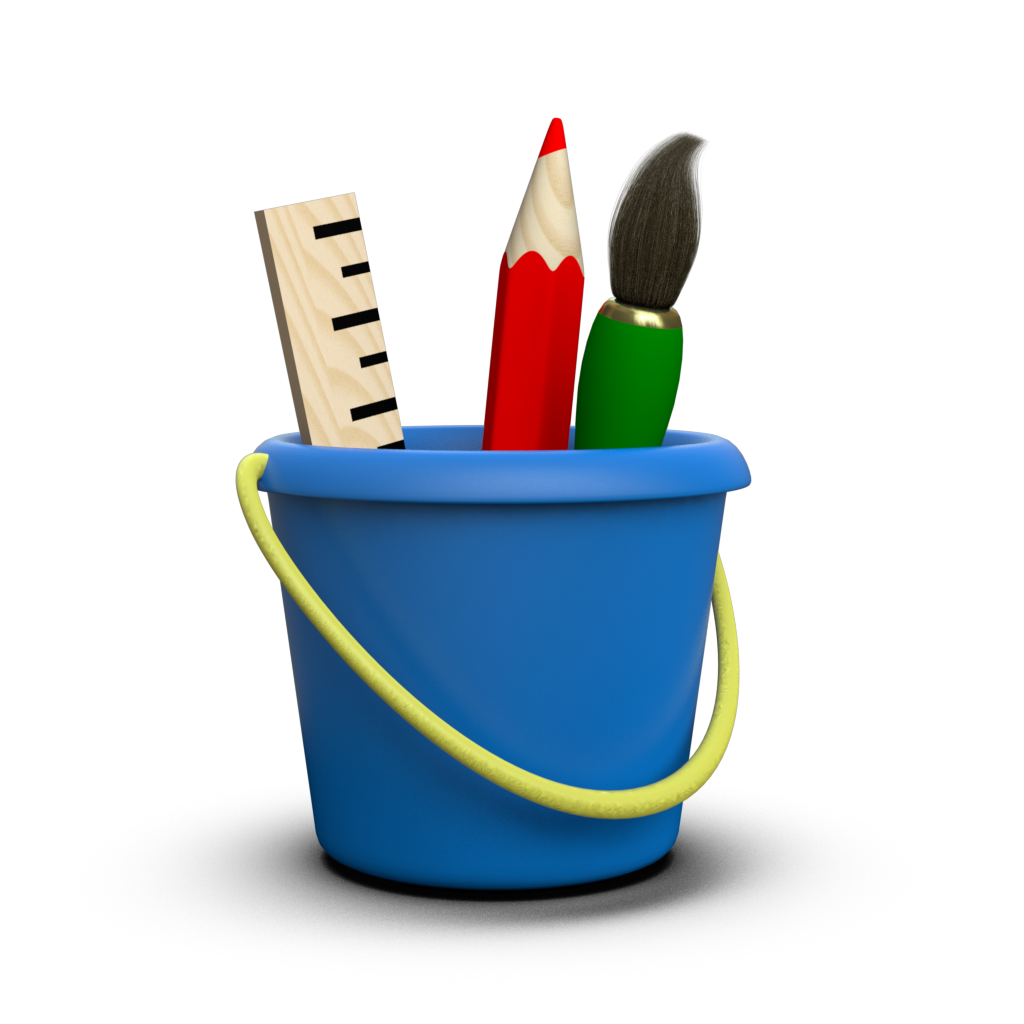
Contributing¶
Getting Started¶
If you haven’t already, you’ll want to get familiar with the Toyplot repository at http://github.com/sandialabs/toyplot … there, you’ll find the Toyplot sources, issue tracker, and wiki.
Next, you’ll need to install Toyplot’s Dependencies. Then, you’ll be ready to get Toyplot’s source code and use setuptools to install it. To do this, you’ll almost certainly want to use “develop mode”. Develop mode is a a feature provided by setuptools that links the Toyplot source code into the install directory instead of copying it … that way you can edit the source code in your git sandbox, and you don’t have to re-install it to test your changes:
$ git clone https://github.com/sandialabs/toyplot.git
$ cd toyplot
$ python setup.py develop
Versioning¶
Toyplot version numbers follow the Semantic Versioning standard.
Coding Style¶
The Toyplot source code follows the PEP-8 Style Guide for Python Code.
Running Regression Tests¶
To run the Toyplot test suite, simply run regression.py from the top-level source directory:
$ cd toyplot
$ python regression.py
The tests will run, providing feedback on successes / failures.
Writing Regression Tests¶
Note
Toyplot has been gradually transitioning from nose to behave for implementing regression tests. New tests should be added to the features directory using behave. The following outlines how the old tests were written, and will remain as a reference until they are all replaced.
Existing tests are located in tests/tests.py.
Many of the tests function by comparing the SVG representation of a
toyplot.canvas.Canvas against a reference stored in tests/reference. These
tests all end with a call to assert_canvas_matches(canvas, “test-name”),
which compares the canvas to the file tests/reference/test-name.svg. The
first time to you run a new test that uses assert_canvas_matches(), it
will generate and store the new reference file, then fail, prompting you to
examine the reference file to ensure that it’s correct. The next time you run
the test, it will function normally, comparing the canvas against the reference
file.
If you make changes that cause an existing test to fail, the failed SVG will be written to tests/failed/test-name.svg, so you can compare it against the corresponding reference SVG in tests/reference/test-name.svg.
Test Coverage¶
When you run the test suite with regression.py, it also automatically generates code coverage statistics. To see the coverage results, open .cover/index.html in a web browser.
Building the Documentation¶
To build the documentation, run:
$ cd toyplot
$ python docs/setup.py
Note that significant subsets of the documentation are written using Jupyter notebooks, so the docs/setup.py script requires Jupyter to convert the notebooks into restructured text files for inclusion with the rest of the documentation.
Once the documentation is built, you can view it by opening docs/_build/html/index.html in a web browser.